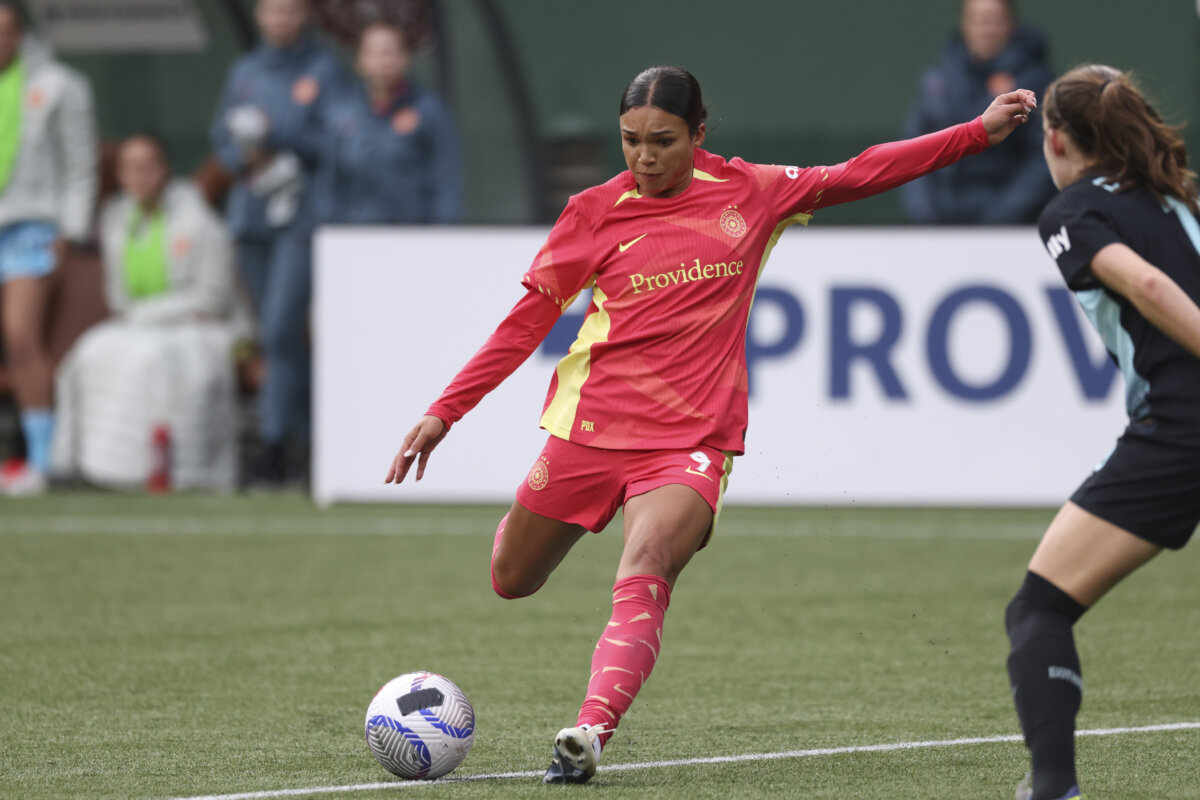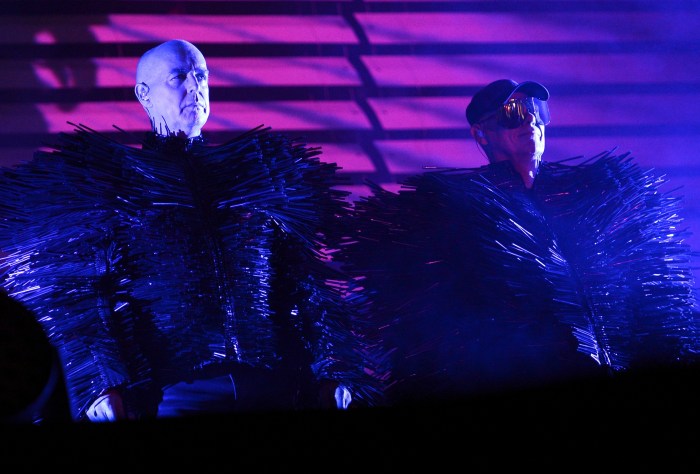Horace Pippin taught himself to paint after returning from World War I, where he was a soldier in the storied Harlem Hellfighters regiment. His distinctive style is marked by a flat perspective and simply rendered figures, which in his lifetime led to his being lumped into “folk art” and “primitive” categories. But as the new career-spanning exhibition at the Brandywine River Museum of Art shows, those descriptions were less-than-perfect fits for an artist whose concerns ran much deeper than his deceptively simple images might suggest. “People tend to think of a folk artist or a self-taught artist as having a narrow scope or having a naiveté about them,” says curator Audrey Lewis. “But Pippin’s subject matter was really varied. Some are very personal but some have a broader meaning, and I think that’s what’s interesting about Pippin.” “Horace Pippin: The Way I See It” is the first major exhibition of the artist’s work since a 1994 retrospective at the Pennsylvania Academy of the Fine Arts. The show draws its title from Pippin’s own description of his work: “I paint it exactly the way it is and exactly the way I see it.” The 65 paintings in the exhibition represent nearly half of the body of work that Pippin created during his brief career, cut short by his death in 1946 at the age of 58. Pippin was born in West Chester, and though he was raised in Goshen, New York, he returned to the Pennsylvania borough after his wartime service. While that placed him in the proximity of Brandywine School artists like N.C. Wyeth, who became a champion of Pippin’s work,his style stands in bold contrast to their illustrative style, which forms the core of the Brandywine River Museum’s focus. “He’s part of the Brandywine tradition,” Lewis says, “but not artistically. He’s more individual than part of the tradition that we think of when we think of Howard Pyle and N.C. Wyeth. But did have an interest in local themes.” The Brandywine River Museum show groups Pippin’s works by theme, including his scenes of family and domestic life, portraits, history paintings, wartime memoriesand, perhaps his most profoundly moving work, his social commentary, which vividly confronted themes of racism and injustice. “He was an artist who was often drawing from personal experience, but he also looked beyond that,” Lewis explains. “He was motivated by his concerns about racism and peace and social harmony, and he expressed his opinions on those issues. But also there’s an intimacy to his work that is evident in his domestic scene. I wanted to express the broadness of his vision but also the layered interpretations of his work.” Horace Pippin: The Way I See It
Through July 19
Brandywine River Museum of Art
U.S. Route 1 at Creek Road, Chadds Ford
$15, 610-388-2700




























